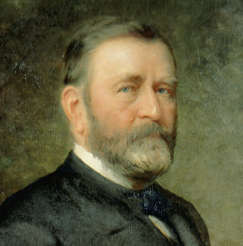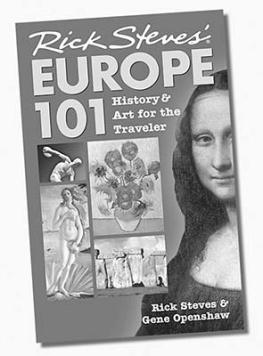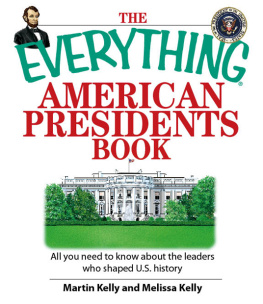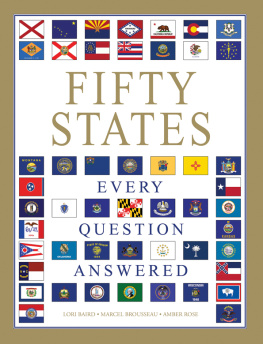 | Thunder Bay Press An imprint of Printers Row Publishing Group 10350 Barnes Canyon Road, Suite 100, San Diego, CA 92121 www.thunderbaybooks.com |
This 2017 edition was published by Thunder Bay Press by arrangement with Moseley Road, Inc.
Copyright 2014 Moseley Road Inc.
2008 by Hylas Publishing.
All rights reserved. No part of this publication may be reproduced, distributed, or transmitted in any form or by any means, including photocopying, recording, or other electronic or mechanical methods, without the prior written permission of the publisher, except in the case of brief quotations embodied in critical reviews and certain other noncommercial uses permitted by copyright law.
Printers Row Publishing Group is a division of Readerlink Distribution Services, LLC. Thunder Bay Press is a registered trademark of Readerlink Distribution Services, LLC.
All notations of errors or omissions should be addressed to Thunder Bay Press, Editorial Department, at the above address. All other correspondence (author inquiries, permissions) concerning the content of this book should be addressed to Moseley Road, Inc., 123 Main Street, Irvington, NY 10533.
Thunder Bay Press:
Publisher: Peter Norton
Publishing Team: Lori Asbury, Ana Parker, Kathryn Chipinka, Aaron Guzman
Editorial Team: JoAnn Padgett, Melinda Allman, Dan Mansfield
Production Team: Jonathan Lopes, Rusty von Dyl
Moseley Road Inc. www.moseleyroad.com
Publisher: Sean Moore
Creative Director: Karen Prince
Design: Matt Collins
Editors: Hannah Choi, Angda Goel
Production: Adam Moore
eBook ISBN: 978-1-62686-268-5
eBook Edition: March 2018
CONTENTS










by Allen Weinstein
Carter Smiths compendium Presidents: Every Question Answered provides readers with an entertaining and informative overview of the fascinating history of Americas chief executives. To clarify matters at the outset concerning the books tongue-in-cheek subtitle, every question concerning the U.S. presidency is obviously not answered in this engaging volumethough a great many are. Those seeking historical background should find Presidents an extremely helpful introduction to the office and its occupants, from George Washington to Donald Trump. Even the buffs and professional historians who scan the book may discover either some long-forgotten information or unfamiliar facts.
The books format lends itself to leisurely browsing. Each president is introduced in a brief essay followed by basic biographical facts, chronological summaries of major events in that presidents administration, a timeline, profiles of the First Lady (when there was one), boxed discussions of major events, and relevant quotations concerning the incumbent.
Alert readers will recognize that Carter Smith has given certain presidents whose period in office most historians consider especially significantamong them Washington, Lincoln, Franklin D. Roosevelt, and Ronald Reaganmore detailed attention than others whose term or terms in office were arguably of lesser importance. Readers judgments may or may not agree with those of the author; this writer, for example, has his own occasional divergences from Mr. Smiths allocations. But that should not detract from enjoyment of the volume overall.
Readers may find of special interest in a book such as this the evolution of the presidency in power and purpose among the three branches of government, especially in the second half of the twentieth century. Still, the Constitutions delegation of authority to holders of the officevirtually everyone at the time expected trustworthy George Washington to be its initial occupantprefigured its later development. Even some of the Founders expected this. Thus, the British historian Marcus Cunliffe reminded us that Alexander Hamilton predicted that a time would come when every vital question of state will be merged in the question, Who will be the next President? This prediction, Cunliffe noted, was borne out, in large part because the presidency became the apex of the contest between excited and organized political parties [in the United States].
In our time, the American public has come to expectindeed, demandvigorous leadership from its presidents in both foreign and domestic affairs. Only on occasion in the nineteenth centurythe Civil War years under Lincoln being the most notable exceptionwas this the case. The modern pursuit of a powerful chief executive began with Theodore Roosevelts assumption of the office after William McKinleys assassination. It was TR, as he was known, who wrote of his almost-seven years in office that he had developed a very definite philosophy about the presidency. I think it should be a very powerful office, and I think the president should be a very strong man who uses without hesitation every power that the position yields; but he should be sharply watched by the people [and] held to a strict accountability by them.
Only a few of the subsequent occupants of the American presidency have disputed TRs expansive vision of the office and its authority. Even earlier, however, some American presidents rarely hesitated to define the powers of their office as broadly as their specific actions required.
Readers who browse the pages of this book can discover for themselves the varied uses (and occasional abuses) of presidential power as each chief executive experiences the achievements and failures, dramas and melodramas, tumult and occasional tragedy of his historic moment as president of the United States.
NOTE: The collection of facts and other material for every presidential essay in the book, as well as the opinions it offers on specific presidents, are entirely those of Carter Smith, the books author, to whom all reader comments should be addressed.





























